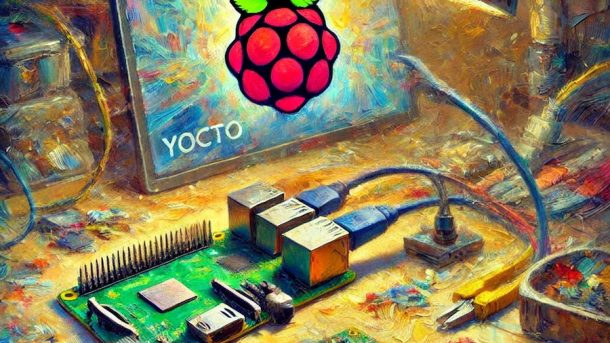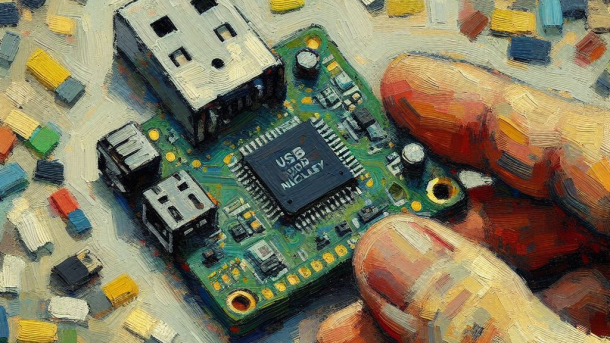This text contains instructions on how to get started with Buildroot and some first impressions from a long-time Yocto developer.
Continue reading...Embedded
Raspberry Pi 4, LetsTrust TPM and Yocto
Getting LetsTrust TPM module working with Yocto was fairly simple but there were a few things I learned along the way that may be worth sharing.
Continue reading...Making USB Device With STM32 + TinyUSB
Have you ever wondered how USB devices are made? I sure have. Follow this tutorial to see how to create a simple USB device.
Continue reading...






